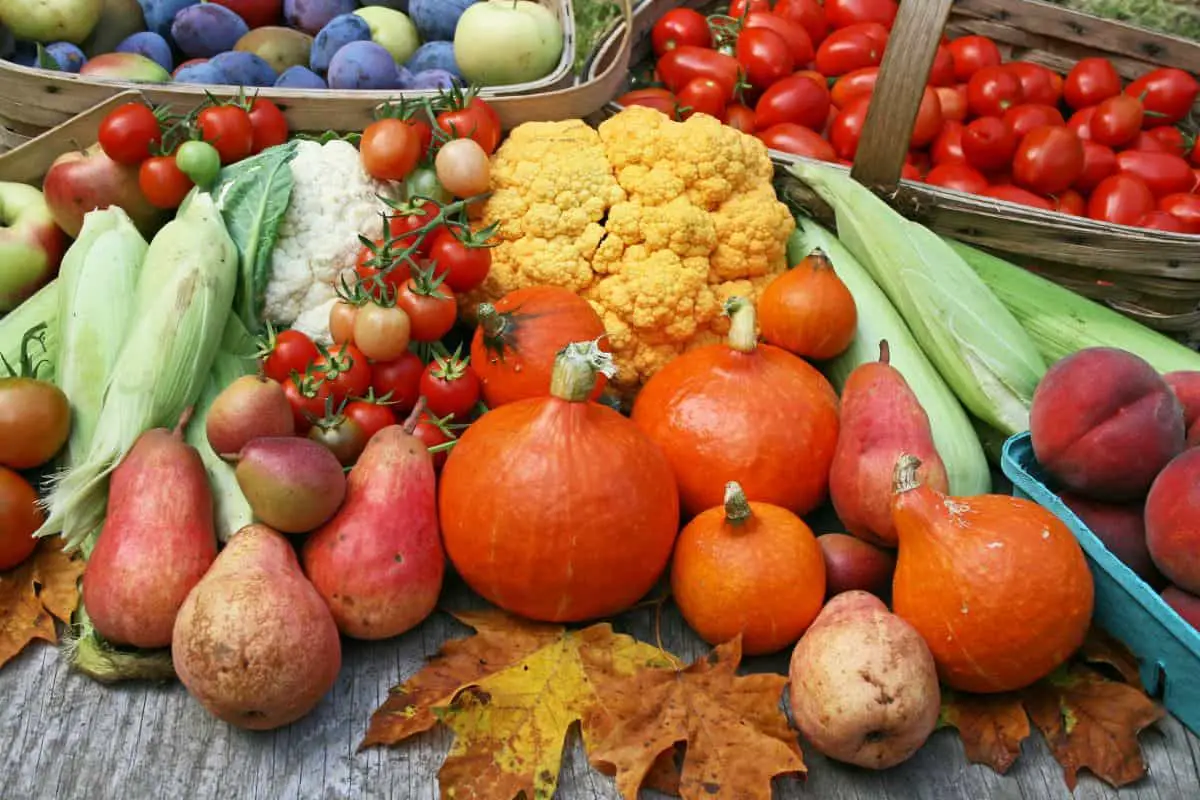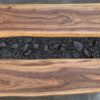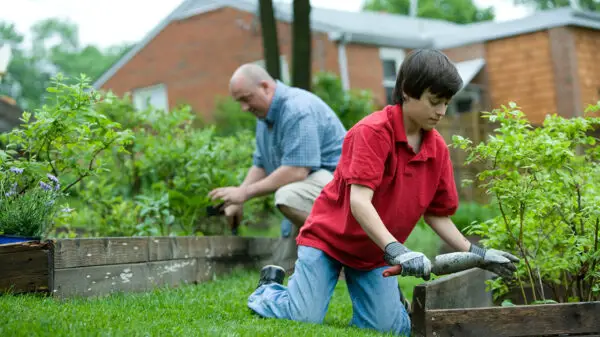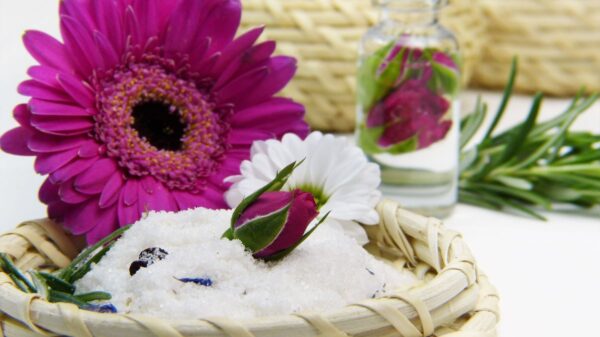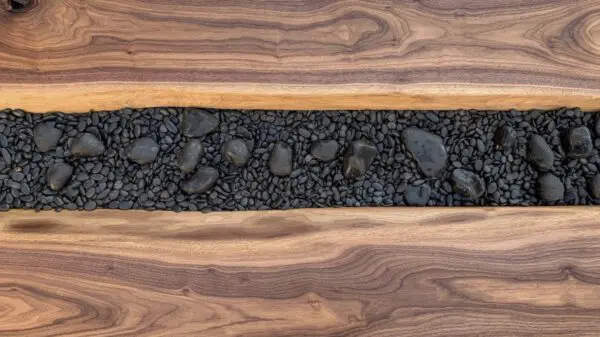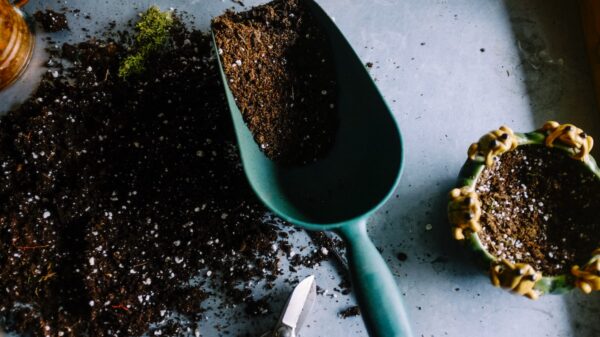Protect Your Vegetables From Winter Weather With These Helpful Tips
Growing vegetables is a great way to provide your family with healthy, nutritious foods. However, all of that hard work can go to waste if winter weather gets the best of your garden. That’s why I decided to put together a list of helpful tips to protect your vegetables from the harsh cold.
So, what is the best way to protect vegetables during winter weather? The best and most effective way is to protect your vegetables with a cold frame. A cold frame is an inexpensive hoop-style greenhouse that you place over plants at night to protect them from the cold during the winter months.
Although this seems to be an efficient way to protect your plants, cold frames work best when placed over smaller plants. Not everyone has the space or money for a cold frame. If you are unable to protect your garden with a greenhouse, protect it by following some of the other tips we suggest in this article!
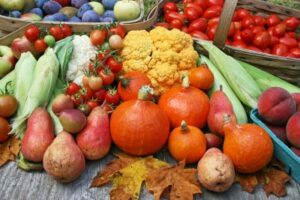
Best Ways to Protect Your Vegetables From the Cold
Different vegetables have varying tolerances to the cold. Some vegetables protect themselves from the cold by going dormant during winter. Other vegetables protect themselves from the cold by burying their root system in the soil. Here are the best ways to protect each type of vegetable from the harshest winter weather:
Protect Root Vegetables From Winter Weather
Root vegetables survive cold winter months by burying their root system in the soil. These vegetables protect themselves by taking their energy from the food they stored up over the summer.
As a result, these types of vegetables cannot protect themselves from extremely cold winter weather. You can protect these types of vegetables by covering them with a layer of mulch. Mulching is an inexpensive way to protect your root vegetables from freezing during the winter months.
Protect Winter Squash From Winter Weather
Winter squashes are another type of root vegetable that protect themselves from winter weather by burying their root systems in the soil. You can protect squash plants during harsh winter conditions by covering them with a thick blanket made from sheets, old towels, or tablecloths.
Cover your plant as tightly as possible without choking it and make sure the covering does not touch the leaves. If you cover your plant with a blanket or sheet, protect it from strong winds by stapling the corners of the blanket to poles.
Protect Brassicas From Winter Weather
Winter brussels sprouts and kale protect themselves from winter weather by going dormant in late autumn. They protect their root systems from cold temperatures in a similar fashion as root vegetables.
You can protect these types of plants in much in the same way that you protect root vegetables during winter months: by using mulch or a thick blanket/sheet made from old sheets, towels, or tablecloths.
You want to make sure to protect your vegetable from strong wind gusts when protecting them with a blanket/sheet because wind gusts can easily damage your vegetables.
Protect Lettuce and Other Annual Vegetables From Winter Weather
Lettuces protect themselves from winter weather by going dormant during late autumn. You can protect lettuces from extremely cold temperatures by covering them with a thick blanket/sheet made from old sheets, towels, or tablecloths.
Like most vegetables that protect themselves during the winter months, you want to make sure they are protected from strong wind gusts as well as freezing temperatures.
What Type of Cold Frame Is the Best?
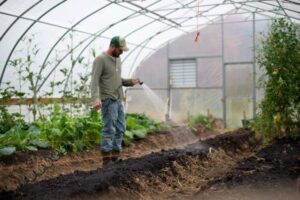
A cold frame is an excellent way to protect your plants during the winter months. As mentioned earlier in this article, a cold frame is a hoop-style greenhouse that you place over your plants at night to protect them from the cold winter temperatures.
The best type of cold frame to protect your plants during the winter months is a hothouse-style PVC hoop greenhouse. Unlike other types of cold frames, the hothouse-style PVC hoop has an insulating lining that helps protect your plants from low and high temperatures.
To protect your vegetable garden with a hoop greenhouse, follow these steps:
Step 1
Place your hoop over the plant during nighttime hours when it’s below 40 degrees Fahrenheit outside. You want to protect your plants by placing the material over them right before bedtime so that they aren’t exposed to extremely low temperatures for long periods.
If you place the material over them too early in the day, there might still be enough cold air inside the greenhouse to cause damage.
Step 2
Remove the material early in the morning after temperatures have risen above 40 degrees Fahrenheit so that you protect your plants from overheating during the day.
If you protect your plants with a cold frame for too long, they can suffer from overheating during extremely warm days. When this occurs, remove the cover over your plants immediately to protect them from high temperatures and sunburns.
Protect Your Plants From Snow with Plastic Cold Frames
You can protect your soil by covering it with old sheets or plastic tablecloths that are specifically designed for winter protection of crops. You want to make sure that these materials are sturdy enough to protect against wind gusts without ripping apart or allowing snow to accumulate on top of the soil.
Covering your plants with plastic prevents the snow from accumulating on top of your plant’s leaves which can protect them against winter desiccation (drying out). As discussed at the beginning of this article, you want to protect your plants against desiccation because it causes permanent damage or death.
What Are Some Advantages of Using Cold Frames?
One major advantage of using cold frames in the winter is that they protect your plants from low temperatures in addition to wind gusts. Many gardeners protect their plants with cold frames in combination with hay or straw because hay and straw protect your soil against strong winds while providing insulation against freezing winter temperatures.
Another advantage of using cold frames in the winter is that they help protect your plants during early spring when it’s still too cold for them to grow outside without protection.
By protecting your vegetables during the beginning stages of spring, you can increase their chances of growing into a mature plant before summer heat sets in across most parts of the country
A third benefit of using cold frames in the winter is that they protect your plants from spring frost. Spring frost occurs when cold air blows across warm soil after it’s warmed up due to prolonged exposure to sunlight.
If you protect your plants with a cold frame, but still receive a heavy layer of snow during winter storms, you might want to protect them with hay or straw as well. One problem with placing hay or straw over crops directly without using a protective cold frame first is that it can block airflow and cause moisture damage.
What Is Mulching?
Mulching is the process of covering your soil with a thick layer of organic material, such as straw or leaves. The organic material helps protect your soil from wind gusts during the winter months and prevents it from freezing solid.
The best time to mulch your soil is in late autumn when temperatures begin to drop below 50 degrees Fahrenheit across the country. Once temperatures begin to drop, you want to protect your soil from freezing solid because it increases the amount of time it takes for your soil to thaw in spring.
Protecting Your Soil From Freezing Solid
The best way to protect your soil from freezing solid is by covering it with a thick layer of organic mulch such as straw or leaves. You want to protect your soil by adding the mulch as early as possible in the winter season because it helps protect your soil during strong wind gusts and below-freezing temperatures.
You also want to cover your plants with a thick blanket before going to bed, so they have time to protect themselves from low winter temperatures.

What Are Some Advantages of Winter Watering?
Winter watering is the process of adding water to protect your plants from exposure to low winter temperatures. As discussed with soil freezing, exposing your plants to low winter temperatures without protection causes permanent damage or death.
One advantage is that winter watering helps protect your plants during wind gusts by slowing down the rate at which water evaporates. As long as you protect your plants from wind gusts, winter watering can effectively protect them during low winter temperatures and save them from winter desiccation.
A second advantage of using winter watering is that it helps protect against frost damage and soil freezing. Frost damage occurs when cold air blows across dry, unprotected soil after it’s warmed up due to prolonged exposure to sunlight.
A third advantage is that winter watering doesn’t require you to protect your vegetables with heavy items like hay or straw because the water itself helps protect them against freezing air and frosts.
Conclusion
It is important to protect your winter vegetables in some form during the cold winter months so that they can grow when spring arrives. A cold frame is one of the best ways to protect crops during winter weather.
By following these steps, you will be able to protect all of your vegetable plants from freezing temperatures and wind gusts that might damage or kill them.


